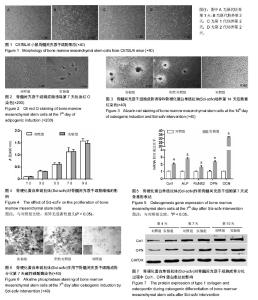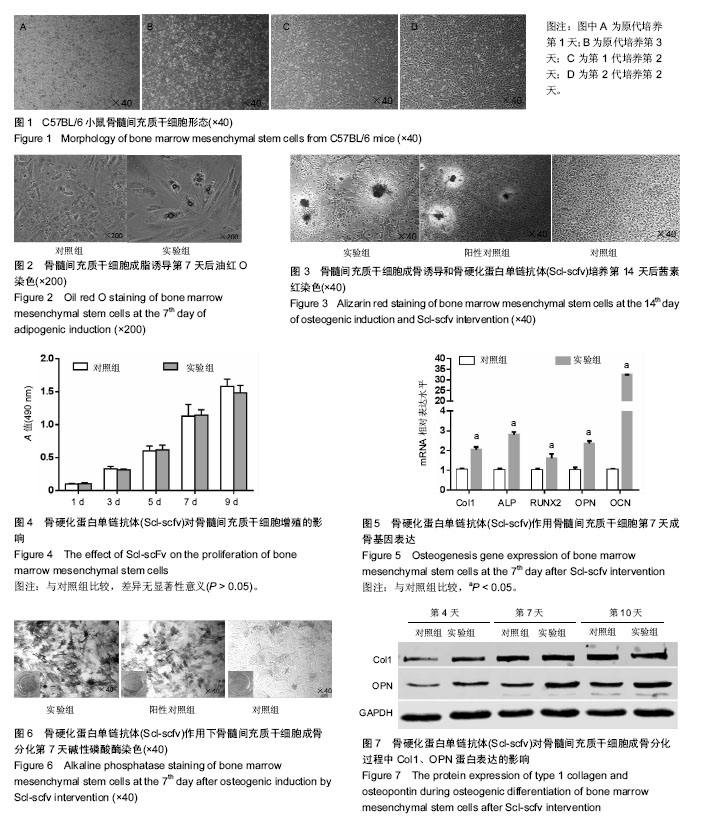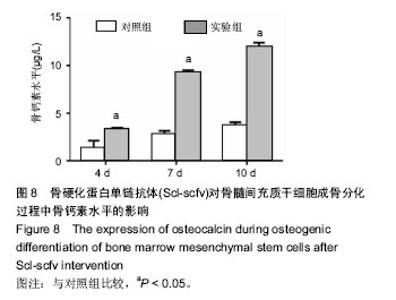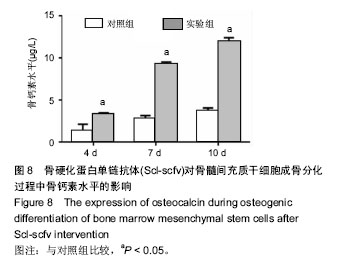| [1] van Boven JF, de Boer PT, Postma MJ, et al. Persistence with osteoporosis medication among newly-treated osteoporotic patients. J Bone Miner Metab. 2013;31(5):562-570.[2] Klontzas ME, Kenanidis EI, MacFarlane RJ, et al. Investigational drugs for fracture healing: preclinical & clinical data. Expert Opin Investig Drugs. 2016;25(5):585-596.[3] Appelman-Dijkstra NM, Papapoulos SE. Sclerostin Inhibition in the Management of Osteoporosis. Calcif Tissue Int. 2016;98(4): 370-380.[4] Semënov M, Tamai K, He X. SOST is a ligand for LRP5/LRP6 and a Wnt signaling inhibitor. J Biol Chem. 2005;280(29): 26770-26775. [5] Okazaki R. Anti-sclerostin antibodies. Clin Calcium. 2011;21(1): 94-98.[6] Loprinzi CL. Denosumab in postmenopausal women with low bone mineral density. Curr Oncol Rep. 2006;8(4):267-268.[7] Cosman F, Crittenden DB, Adachi JD, et al. Romosozumab Treatment in Postmenopausal Women with Osteoporosis. N Engl J Med. 2016;375(16):1532-1543.[8] Huang T, Liu R, Fu X, et al. Aging Reduces an ERRalpha-Directed Mitochondrial Glutaminase Expression Suppressing Glutamine Anaplerosis and Osteogenic Differentiation of Mesenchymal Stem Cells. Stem Cells. 2017;35(2):411-424.[9] Dülk M, Kudlik G, Fekete A, et al. The scaffold protein Tks4 is required for the differentiation of mesenchymal stromal cells (MSCs) into adipogenic and osteogenic lineages. Sci Rep. 2016;6:34280.[10] Chen Z, Arendell L, Aickin M, et al. Hip bone density predicts breast cancer risk independently of Gail score: results from the Women's Health Initiative. Cancer. 2008;113(5):907-915.[11] Appelman-Dijkstra NM, Papapoulos SE. Sclerostin Inhibition in the Management of Osteoporosis. Calcif Tissue Int. 2016;98(4): 370-380.[12] Qin W, Li X, Peng Y, et al. Sclerostin antibody preserves the morphology and structure of osteocytes and blocks the severe skeletal deterioration after motor-complete spinal cord injury in rats. J Bone Miner Res. 2015;30(11):1994-2004.[13] Brunkow ME, Gardner JC, Van Ness J, et al. Bone dysplasia sclerosteosis results from loss of the SOST gene product, a novel cystine knot-containing protein. Am J Hum Genet. 2001;68(3): 577-589.[14] Tian X, Jee WS, Li X, et al. Sclerostin antibody increases bone mass by stimulating bone formation and inhibiting bone resorption in a hindlimb-immobilization rat model. Bone. 2011;48(2):197-201.[15] van Bezooijen RL, ten Dijke P, Papapoulos SE, et al. SOST/sclerostin, an osteocyte-derived negative regulator of bone formation. Cytokine Growth Factor Rev. 2005;16(3):319-327.[16] Devarajan-Ketha H, Craig TA, Madden BJ, et al. The sclerostin-bone protein interactome. Biochem Biophys Res Commun. 2012;417(2):830-835.[17] Clevers H.Wnt/beta-catenin signaling in development and disease. Cell. 2006;127(3):469-480.[18] Tu X, Rhee Y, Condon KW, et al. Sost downregulation and local Wnt signaling are required for the osteogenic response to mechanical loading. Bone. 2012;50(1):209-217.[19] Kramer I, Halleux C, Keller H, et al. Osteocyte Wnt/beta-catenin signaling is required for normal bone homeostasis. Mol Cell Biol. 2010;30(12):3071-3085.[20] Niziolek PJ, MacDonald BT, Kedlaya R, et al. High Bone Mass-Causing Mutant LRP5 Receptors Are Resistant to Endogenous Inhibitors In Vivo. J Bone Miner Res. 2015;30(10): 1822-1830.[21] van Lierop AH, Hamdy NA, van Egmond ME, et al. Van Buchem disease: clinical, biochemical, and densitometric features of patients and disease carriers. J Bone Miner Res. 2013;28(4): 848-854.[22] Boschert V, Frisch C, Back JW, et al. The sclerostin-neutralizing antibody AbD09097 recognizes an epitope adjacent to sclerostin's binding site for the Wnt co-receptor LRP6. Open Biol. 2016;6(8): 160120.[23] Viaene L, Behets GJ, Claes K, et al. Sclerostin: another bone-related protein related to all-cause mortality in haemodialysis. Nephrol Dial Transplant. 2013;28(12):3024-3030.[24] Ominsky MS, Li C, Li X, et al. Inhibition of sclerostin by monoclonal antibody enhances bone healing and improves bone density and strength of nonfractured bones. J Bone Miner Res. 2011;26(5):1012-1021.[25] Li X, Ominsky MS, Warmington KS, et al. Increased bone formation and bone mass induced by sclerostin antibody is not affected by pretreatment or cotreatment with alendronate in osteopenic, ovariectomized rats. Endocrinology. 2011;152(9): 3312-3322.[26] Virdi AS, Irish J, Sena K, et al. Sclerostin antibody treatment improves implant fixation in a model of severe osteoporosis. J Bone Joint Surg Am. 2015;97(2):133-140.[27] Liu Y, Rui Y, Cheng TY, et al. Effects of Sclerostin Antibody on the Healing of Femoral Fractures in Ovariectomised Rats. Calcif Tissue Int. 2016;98(3):263-274.[28] Yao Q, Ni J, Hou Y, et al. Expression of sclerostin scFv and the effect of sclerostin scFv on healing of osteoporotic femur fracture in rats. Cell Biochem Biophys. 2014;69(2):229-235.[29] Padhi D, Jang G, Stouch B, et al. Single-dose, placebo-controlled, randomized study of AMG 785, a sclerostin monoclonal antibody. J Bone Miner Res. 2011;26(1):19-26.[30] McClung MR, Grauer A, Boonen S, et al. Romosozumab in postmenopausal women with low bone mineral density. N Engl J Med. 2014;370(5):412-420.[31] van Dinther M, Zhang J, Weidauer SE, et al. Anti-Sclerostin antibody inhibits internalization of Sclerostin and Sclerostin- mediated antagonism of Wnt/LRP6 signaling. PLoS One. 2013;8(4):e62295.[32] 谢辉. 骨硬化蛋白单克隆抗体对于有去卵巢大鼠骨折愈合影响的实验研究[J]. 中国骨质疏松杂志, 2017,23(1):12-15.[33] 倪杰,侯宇,艾笛,等.骨硬化素单链抗体对去卵巢模型大鼠骨质疏松性骨折愈合的影响[J].中国药房, 2013,24(45):4240-4242. |



